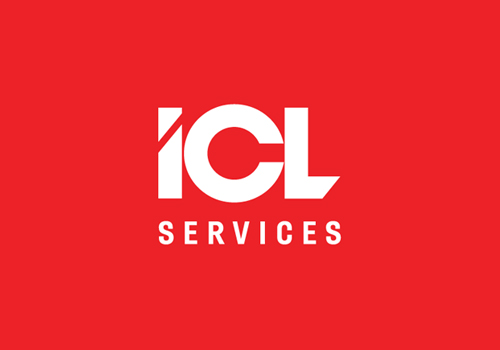- Service contracts for 5 — 7 years
- More than 60 000 user devices supported all over the world
- 25% downtime reduction
- 20% reduction of costs for the software purchase
- your company has a geographically distributed network of branches and a volume of devices greater than 200 in central offices and more than 50 in branches;
- you are interested in optimizing software costs and reducing the total cost of user devices ownership;
- you want to minimize end user downtime and the associated risks and problems, as well as enhance the security of the IT infrastructure;
- your task — to raise the maturity level of IT processes and scalability of IT infrastructure.
Securing a well-functioning infrastructure of user devices is becoming an ever more complex and non-trivial task, given the growing number of device models, their types (desktop, tablet, laptop, smartphone) and the number of simultaneously supported operating systems. All this requires an integrated approach to the management of end user devices. A lack of unified management not only leads to the uncontrolled growth of the number of incidents and calls on the first line of support, but also increases the cost of the incidents’ resolution and the risks related to information security.
End User Device Management service is targeted to reduce the total cost of ownership of user devices, increase security, standardization level and accessibility through the introduction of an integrated management approach. The service consists of few phases: analysis, planning and implementation and operational support.
Analysis, planning and implementation phases comprise:
- initial examination and project plan preparation;
- inventory and certification of end devices in the company environment;
- implementation of the process for OS image management and device drivers, operating system updates;
- gathering requirements for the operating system configuration for users;
- design solutions for managing end user devices;
- implement solutions to manage end user devices;
- deployment / modification of server environment (Windows Server, Active Directory);
- deployment / modification of the user devices management system (Microsoft SCCM, Symantec Altiris);
- creation and deployment of operating system images and drivers set;
- deployment of installation and virtual application packages.
After completion of the project phase all project deliverables are transferred to operational support.
Operational support phase:
- patch management of server-side infrastructure for user device management;
- control of the user devices management system updates;
- management of operating system updates, including patch management for operating systems;
- management of new user device introduction and decommissioning of old ones.
Implementation of End-user Device Management services allows you to:
- establish a uniform approach to the management of operating system image, drivers, patches and critical updates in the company environment, from requirements gathering, to mass automated deployment to user devices;
- increase user productivity by deploying operating systems with the necessary user settings;
- reduce user downtime;
- improve the overall level of security through the timely deployment of critical patches and operating system updates;
- reduce total cost of user device ownership and cost of incident resolution in particular by standardizing.
Completed projects
-
23 April
Patch management: testing monthly software updates
Software Patch Management is the process used by almost every modern company that cares about the security of its own IT…
-
12 January
7 main 2015 trends: where is it outsourcing moving?
What will happen to IT outsourcing market in 2015? How will it change, where is it moving and what awaits its…
-
4 December
General Director tips - interaction with it during the crisis: what to outsource?
The crisis makes you save on everything. A company wants to maintain high growth rates and reduce expenses. IT outsourcing is a good idea for…




